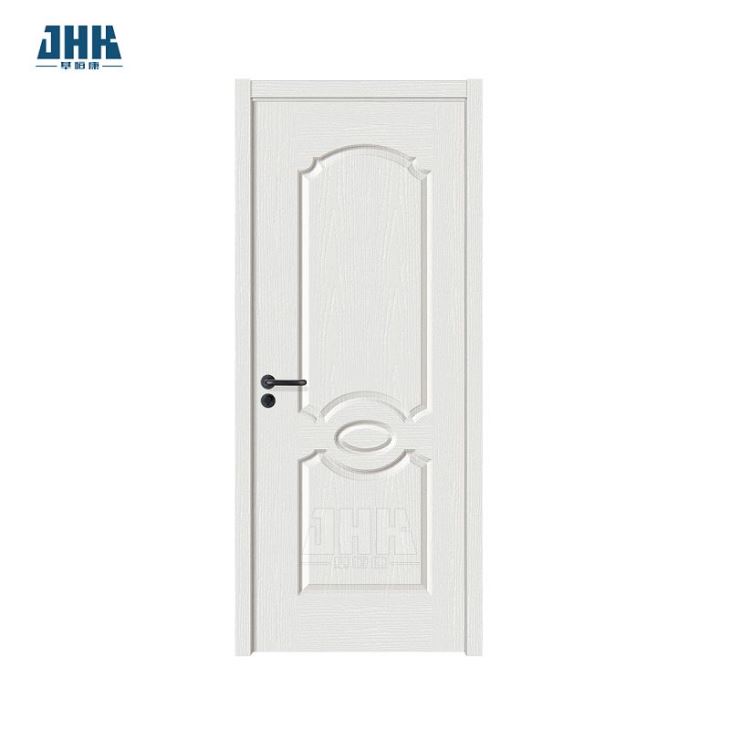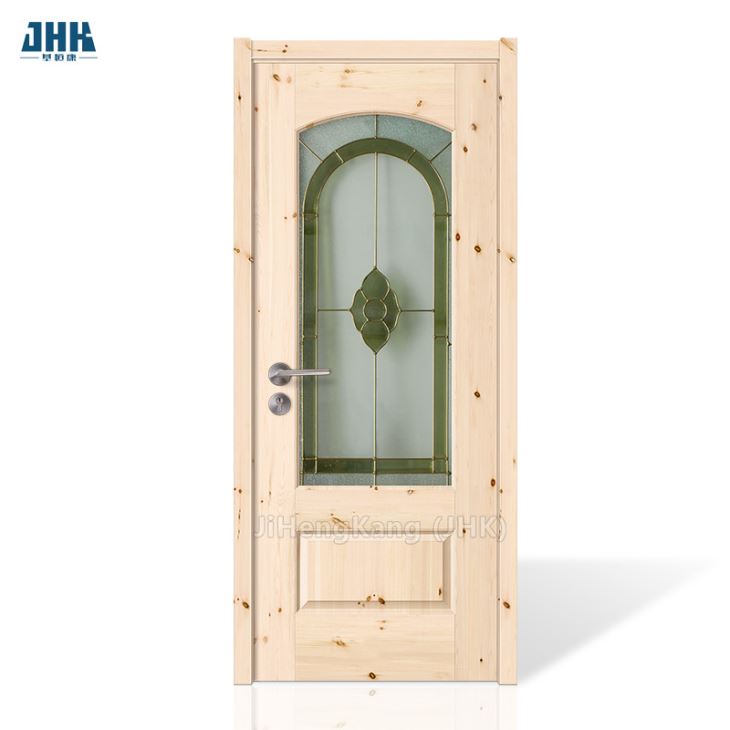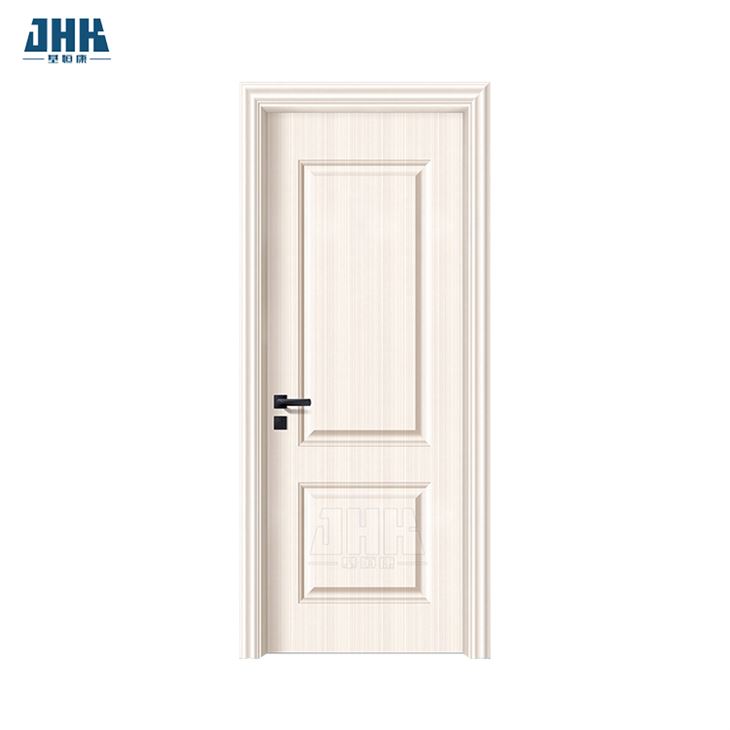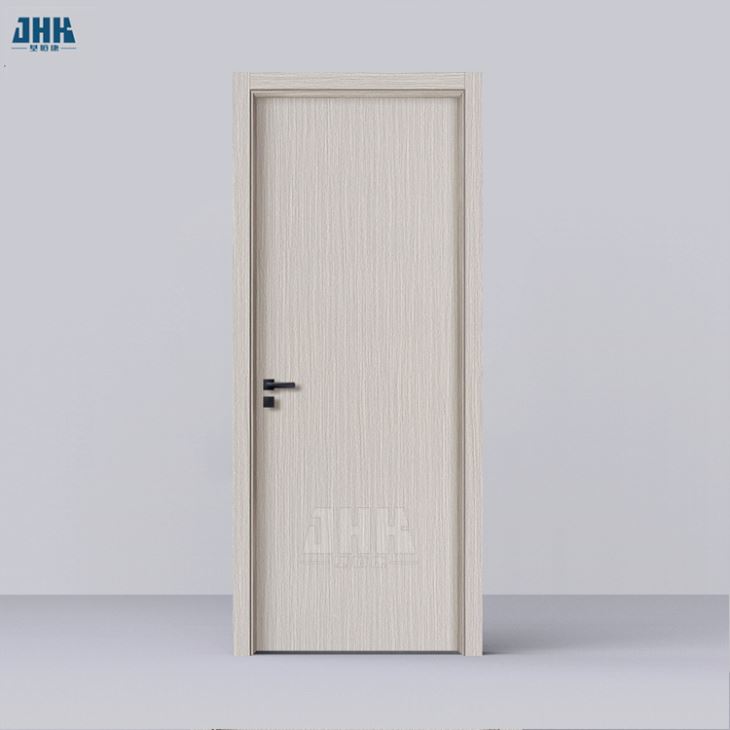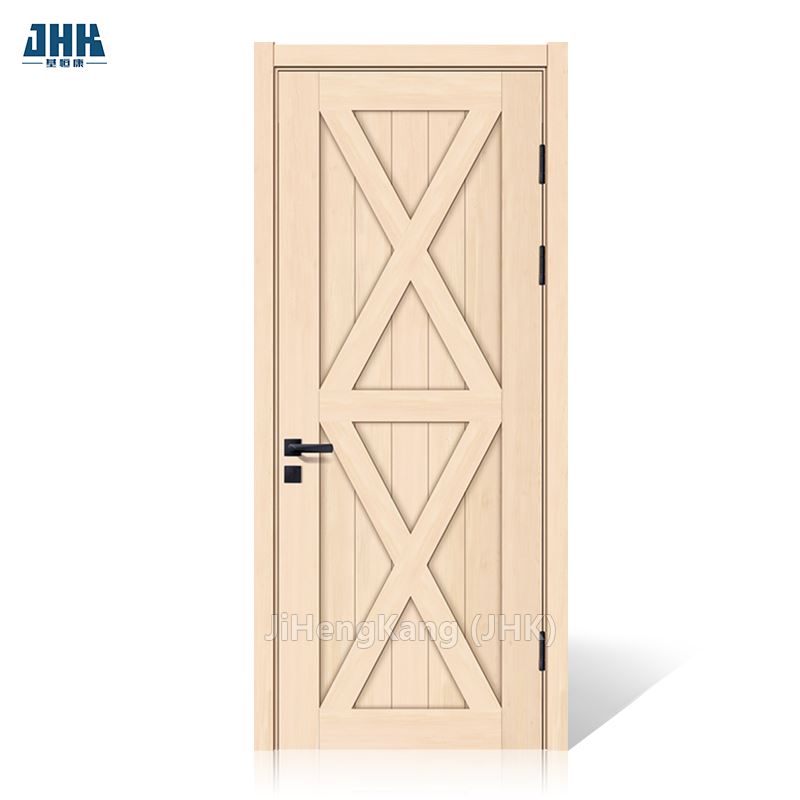What You'll Need
Equipment / Tools
Hammer
Wood chisel
Metal file
Pencil
Cordless drill
Tape measure
Utility knife
Old towel
Materials
Door blank or slab
Hinges
Screws
Instructions
Determine General Placement of Hinges
If the door will swing inward, into the room, then the pin side of the hinge will be on the inside of the door. Place the top hinge 5 inches from the top of the door and the bottom hinge 10 inches from the bottom of the door. If the door frame is already mortised, follow that placement pattern for the door.
Mark the Hinge Placement on the Door
Spread out the old towel on the floor. Place the door on its side, with the handle side of the door facing the floor. Use the tape measure to mark the on-center placement points for the hinges. Lay a hinge down on the mark. The pin side should be on the side of the door swing. The hinge must step back from the edge of the door. To achieve this, let the hinge drape open so that one side of the hinge hangs down, with the other end of the hinge resting on the side of the door. Mark around the hinge with a pencil.
Tip
For holding the door on its side, it helps to either have an assistant hold the door or to clamp it in place with a wood clamp securing the door to a solid object such as a chair.
Cut the Outline With the Knife
With a fresh blade in place, use the utility knife to cut around the pencil marks to the depth of the hinge thickness (about 1/16-inch).
Sharpen the Chisel
Unless you have a new chisel, you will need to sharpen it. Lay the chisel on a solid flat work surface. File the chisel to sharpen it.
Mortise the Hinge
With the hammer and chisel, cut away the inside area of the pencil marks. Work slowly and be patient. Make sure that the depth does not exceed the thickness of the hinge. Flatten out the mortise area by gently scraping by hand with the chisel.
Check the Hinge Depth
Place the hinge in the mortise. Run your finger across the top of the hinge to verify that it is flush with the door surface. If the hinge is too high, work the mortise again with the chisel to remove more waste material.
Tip
If you accidentally cut the mortise area too deep, cut out a spacer with thin cardboard to raise the top of the hinge to the door level.
Install the Hinges
Use the cordless drill and the screws provided with the hinges to mount the hinges to the door.
When to Call a Professional
Because mortising door hinges can be an exacting process, call a fine carpenter to help you if you doubt your abilities. Mortising hinges does not allow for second chances, should you make a mistake. Also, if you need to mortise a large number of doors, you may want to have a carpenter do the work for you.















